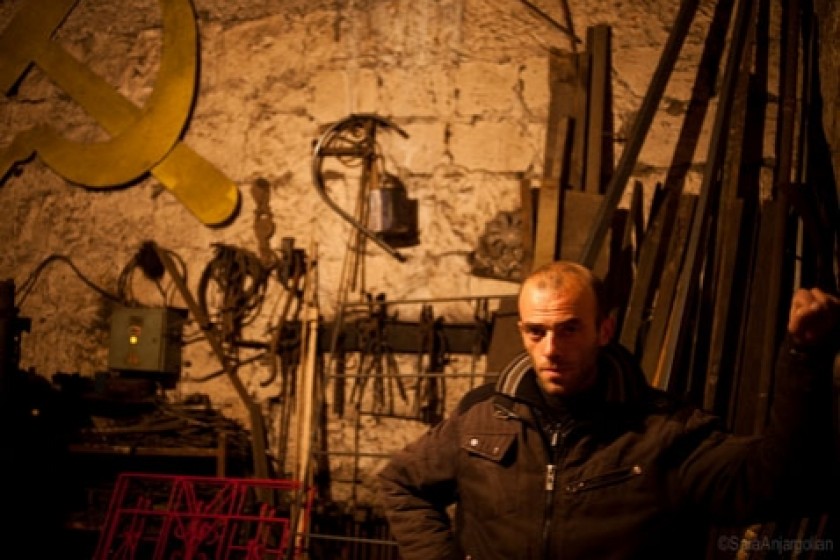
Kalosnikents Garik: 7th Generation Gyumri Blacksmith
25 years after the earthquake
Garik Papoyan, a seventh generation Gyumri blacksmith, talks to me in that northern Armenian town’s dialect more akin to western than eastern Armenian.
“We would skip classes. I’d come here. I wasn’t tall enough to watch. They would assemble the wood. When I got taller, I stood up and watched them work,” recounts the 29 year old of his initiation into the world of his blacksmith forefathers.
For the past year, Garik has been working alone in the family smithy. His father, the prominent Gyumri blacksmith Kalosnikents Gagik, died, leaving the son to carry on the family tradition.

There are still many artisans in Gyumri, including blacksmiths, but none as famous or long-lived as the Kalosnikents clan.
“We know that the family has been blacksmiths for at least seven generations. My grandfather’s grandfather made wheels (Russian: kolesnik - wheelwright) for the phaeton carriages. That’s where the name comes from,” Garik explains.
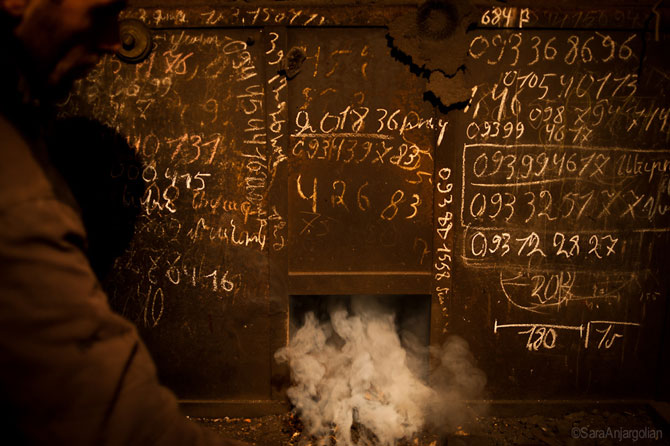
A radio wrapped in plastic to protect it from the dust is affixed to the wall. It’s constantly turned on. Next to the radio are some fading Soviet photos of semi-nude girls.
Telephone numbers, written in chalk, cover the wall of the furnace. When customers come to place an order, Garik writes their phone numbers down – no names. When the order is finished, the number is crossed out. There are other numbers on a wood plank near the door. These are the phone numbers of raw material suppliers.
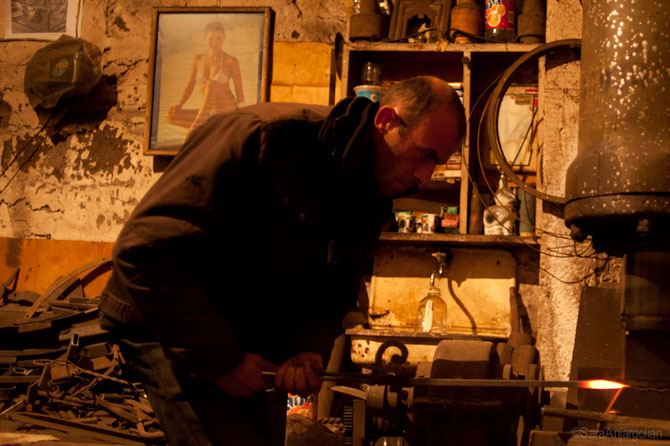
The flames spit out from the hearth as Garik adds more tinder. He heats the metal.
So what does this seventh generation blacksmith make? It runs the gamut from furniture and gates, to minutely crafted decorative and household items.
Garik grabs the hammer, a gift from a friend, and effortlessly shapes the hot metal. In reality, though, it’s a very physically demanding process.
He says that blacksmiths have been around since ancient times. Hephaestus (Latin: Vulcan) was the blacksmith of the gods in Greek and Roman mythology.
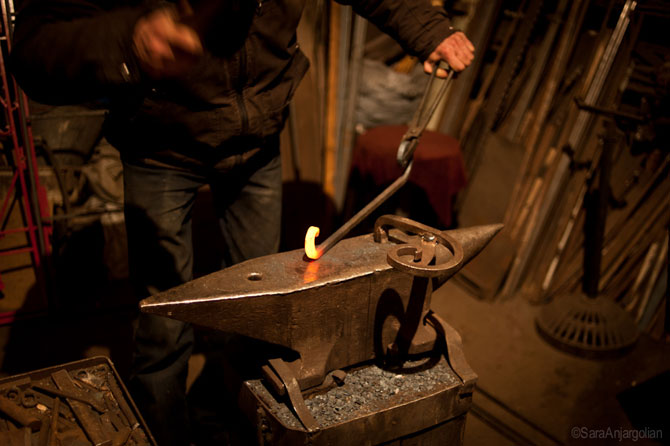
“Who do you think made the tools for the artisans of various vocations to use? If we weren’t around, they would stop working,” Garik says with a mixture of modesty and bravado.
He’s also plied his trade in Russia, making twice the money. But he quickly returned. Garik says he only stayed three months because he missed friends and family back in Gyumri.
The fact that he graduated from the Department of Fine Arts at the Gyumri Teachers University has further contributed to the precision of his work, helping him to sketch the metal and heat it accordingly.
“To make something of interest, you have to start with an interesting design,” he explains.
Garik doesn’t conceal his belief that Gyumri blacksmiths stand out in comparison to those elsewhere in Armenia. “Our guys are more refined. They have to be. People here demand a quality product and we provide it.”
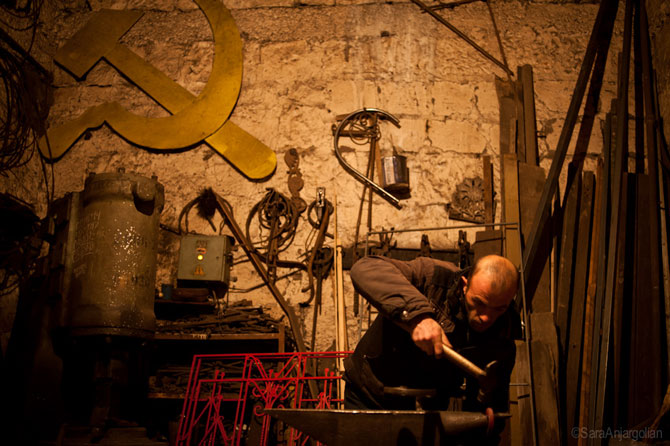
When I ask if Garik can raise and take care of a family by working as a blacksmith, his response is straightforward. “Seven generations have lived this way, so will we.”
I then ask Garik if there’s someone in the family to take over when he retires. He’s still single.
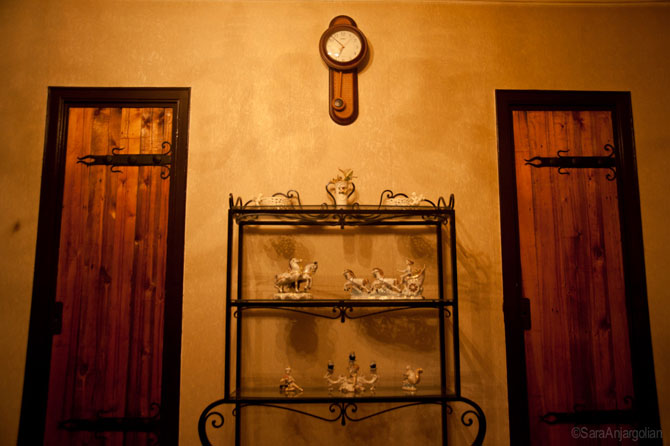
“I will definitely have a boy. Even if I have ten girls, I’ll still have a boy,” he responds, adding that the women in the family have stepped in to work the forge when the men were away.
As we leave, Garik opens a closet near the door and points to an old black cap.
“My grandfather hung it there. Until today, none of us has touched it.”
 Videos
Videos Photos
Photos




Comments (1)
Write a comment